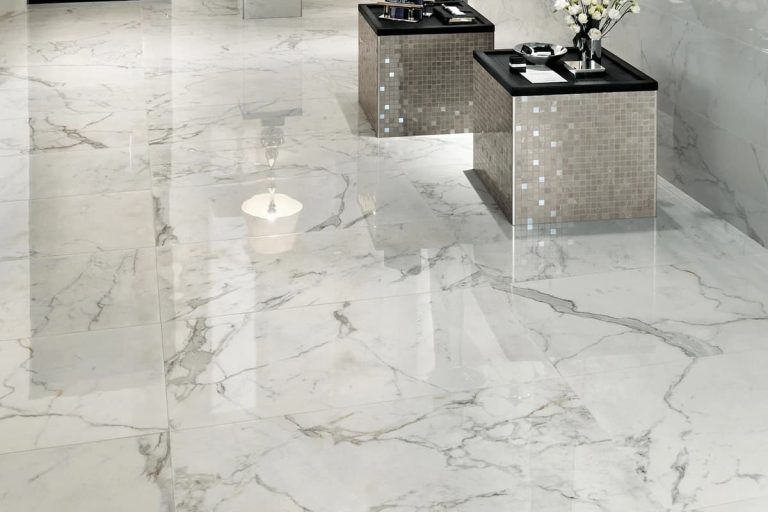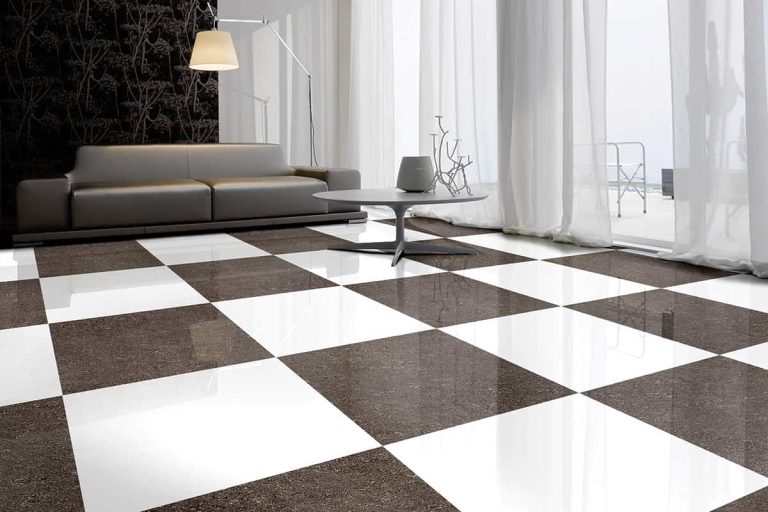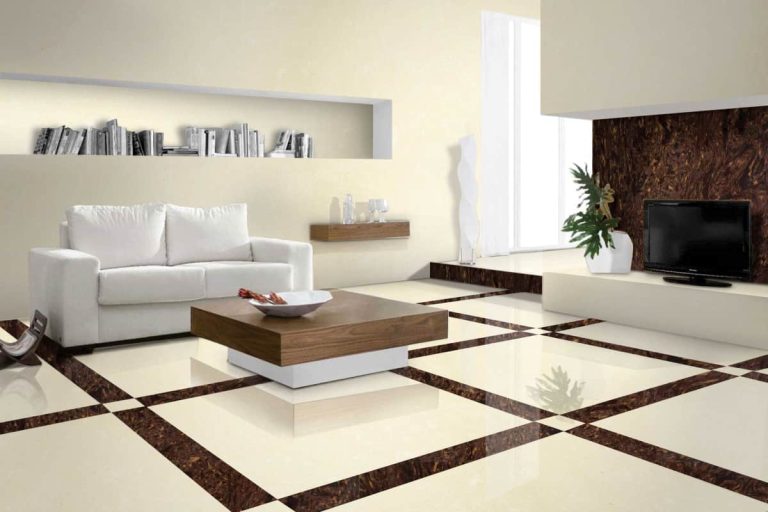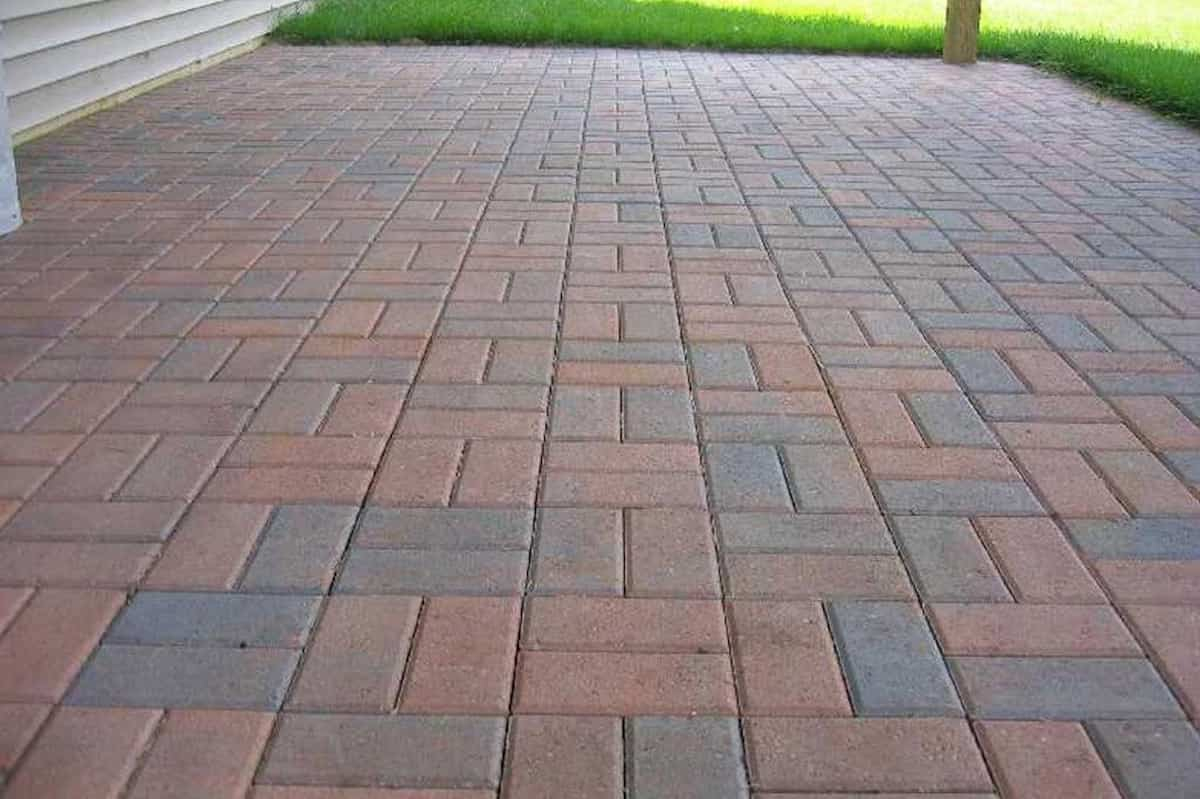When choosing a tile, it is very important to know glass tile versus ceramic tile. In many homes, decorating the interior and exterior with tiles is an important part of the overall design.
Whether you’ve shopped for tile before or are new to the area, once you see the variety of options available to you, you won’t be able to resist getting more involved in the industry.
Ceramics are by far the most common of these materials and may be divided into two distinct categories: glass tiles and natural ceramics.
You may find it difficult to decide which tile is preferable because of the plethora of words used. Ceramics and Frozen will work their magic on your home and completely renovate it.
A comprehensive analysis of the differences and similarities between ceramic and glass tiles is provided here.
In addition, it provides information on the composition, durability, modifications, applications and maintenance needs of ceramic and vitrified tiles.
The texture and appearance of ceramic tiles is often described as rugged and authentic. They are made entirely of clay that is molded after being exposed to very high temperatures during the firing process.

Including more composites enables one to increase the number of options available. For example, ceramic tiles can be purchased in a variety of colors and are easy to install and repair if damaged.
Ceramic tiles have a porous shape, which means they retain a lot of moisture and are difficult to clean. For this reason, it is not recommended to use it in places with a lot of water.
Glaze is usually applied to ceramic tiles so that the glaze can act as a barrier against moisture, dirt and scratches. It is usually combined with glaze when used.
As the glaze acts as a strong barrier, these tiles are ideal not only for use on floors and walls, but also as backsplashes and countertops.
Because they are water resistant, easy to clean and resistant to germs, they are widely used in wet environments such as bathrooms and kitchens. Other common uses include laundry rooms and basements.
The creation of glass tiles involves a process called annealing, which, as the name suggests, can be used to strengthen the tile and increase its shelf life.
There are many similarities between ceramic and glass tiles. However, glass tiles are more durable, glossier, less porous and less absorbent than ceramic tiles.

These tiles look more attractive because of their similarity. This combination is completed before the oven heats up.
Compared to ceramic tiles, the glass surface of glass tiles is due to the presence of glass solidification, which is one of the components of glass tiles.
Clay is another material that is exploited, but in a slightly smaller volume than glass and ceramic tiles. Glass tiles are not only very durable, but also require very little maintenance, making them ideal for high traffic areas. As a result, they are commonly used in professional environments.
It looks similar to real stones like marble and granite, but is more durable and more affordable. For this reason, it is a great alternative to staying in a hotel.
Ceramic tiles are more porous than glass tiles, which makes them more susceptible to water damage. Glass tiles have less porosity.
For this reason, the use of ceramic tiles outside is not recommended. In areas with colder temperatures, this can be problematic as water can seep into the spaces between tiles and then freeze, causing injury.
Ceramic tile is an excellent option for use in areas of the building that are not often exposed to liquids, such as living rooms, dining rooms, and hallways.

However, many ceramic tiles have a special polish that makes them more resistant to water damage. This type of tiles work especially well in wet environments such as bathrooms and kitchens.
Because glazed tiles are impervious to water, they can be successfully used indoors or outdoors.
Glass tiles are a great option for indoor use in areas that are subject to a high volume of liquid incidents, such as toilets, kitchens and bathrooms, as they are very easy to clean in the event of a spill or mishap.
This makes glass tiles an excellent choice for use in these types of areas. An additional possibility is tiling the entire floor of the house with glass tiles all the way from the entrance to the bathroom.
It shows no signs of wear and tear over a very long period of time and gives a polished look to any space in your home. It will also last a very long time.
A house cannot be more than an empty structure. Similarly, the way is not complete without accessories and decorations, so is a house.
These tiles make a significant improvement in the interior of your home. Confused about the difference between ceramic and glass tiles?

These ceramic tiles, unlike glazed tiles, which have a polished and smooth surface in all stages of their production, have a coating after polishing.
The look of your home as a whole is determined by its design details, such as tiles. Consequently, there are fundamental aspects of ceramic and glass tiles that must be considered.
Depending on where you are and the look you want, you can combine these two categories. Frozen tiles are a good option for flooring.
For a little more personality and color, and to combat the industrial and artificial aspects of glass tiles, use ceramic tiles instead of glass tiles. Ceramic tiles are available in a wide variety of colors.



